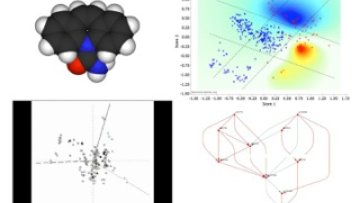The smooth homotopy category
Abstract
The smooth homotopy category is a simultaneous enlargement of the usual homotopy category and of the category of smooth manifolds. Its structure can be described very simply and explicitly by a version of van Est's theorem. It provides us with an interpolation between topology and geometry (and with a toy model of derived algebraic geometry and motivic homotopy theory, though I shall not pursue those directions). My talk will list some situations which the category seems to illuminate: one will be Kapranov's beautiful description of the Lie algebra of the 'group' of based loops in a manifold.


